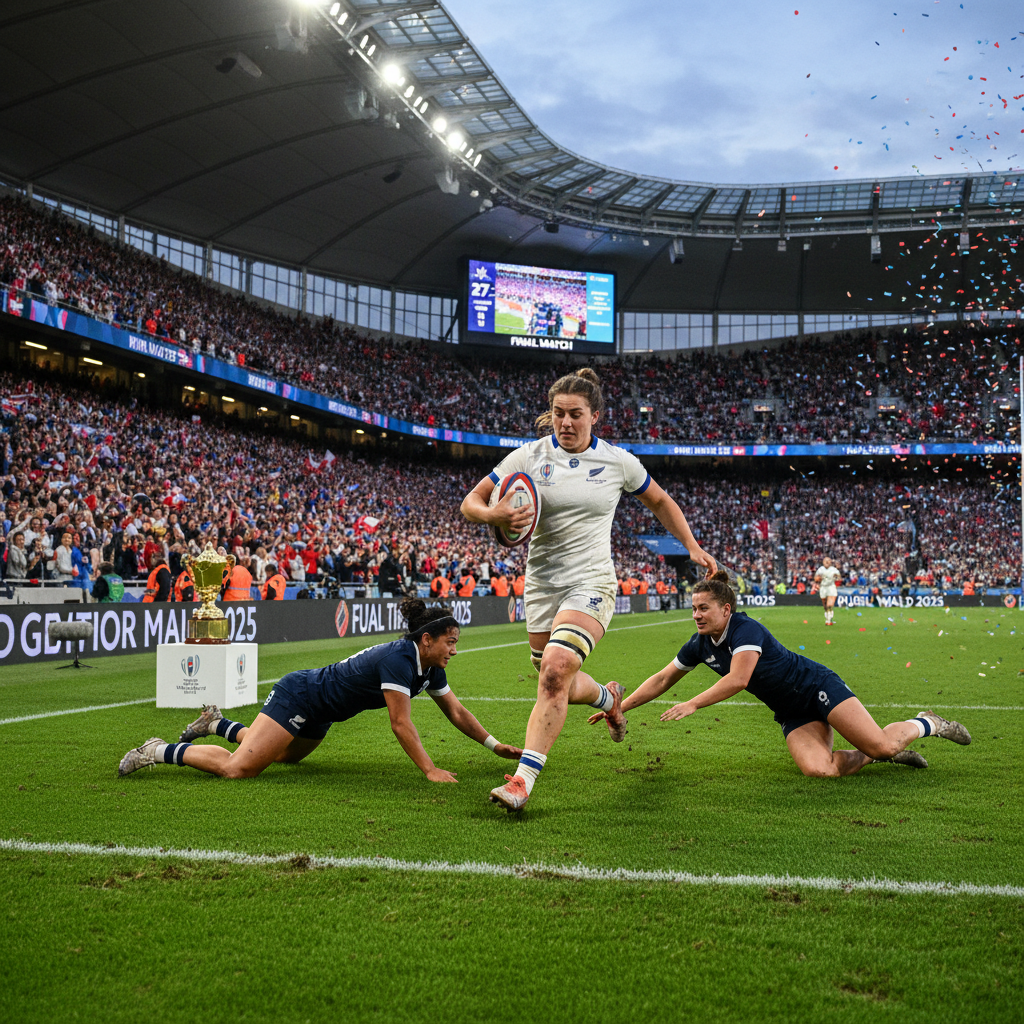Should headguards be compulsory in Rugby?
Rugby helmets are most commonly worn by rugby forwards to protect their head and ears in the scrum. Below, Centurion explores the arguments for and against making headguards compulsory in the game of rugby.
What's currently available?
If you are a rugby player currently seeking rugby protective equipment, scrum caps or headguards are available to buy and wear from most sporting websites.
Scrum caps & headguards - are designed to protect the head and ears from scrapes, cuts, abrasions and cauliflower ear. Scrum caps are good for reducing bleeding head wounds but they are NOT designed to prevent concussion, a common misconception. There is no evidence that scrum caps help with concussion and they should not be worn for this purpose alone.
N-Pro Headguard - N-Pro has built a headguard specifically to help prevent medical issues arising from forceful collisions on the rugby pitch. The makers claim it can protect players from concussion by reducing 'G-force' energy that's transferred to a player's head. Working with Ulster rugby club, the creators developed the product allowing players to retain peripheral vision and also be able to hear their teammates.
"N-Pro manages the G-Force through its multi-layer construction, reducing the energy transferred to the brain by up to 75 percent compared to current headguards on the market," the creators say in a statement.
The creators have added that the N-Pro rugby headguard it is the first piece of head gear for rugby players that has been built within the European Union's legal framework for medical devices. The £135 headguard, is available in five different sizes and was tested in labs and a pre-clinical environment before it was tested on humans.
On 14th November 2016, the governing body of rugby around the world issued a statement saying the N-Pro needs to undergo more rigorous testing before it is widely used in the game.
Should headguards be compulsory?
When tag rugby evolves into contact rugby and junior rugby players are subjected to rucks, mauls and line-outs, parents have campaigned to suggest that at this point junior players should be wearing headguards.
However, many of the professional rugby players do not wear headguards, therefore children are not as keen to wear the rugby protective equipment which is causing a problem with young people being injured in the game.
Parents have argued that, unlike football, where shin pads are compulsory, there is nothing compulsory in rugby to protect player's soft tissues and heads. Like cycle helmets and ski helmets which are worn by pretty much everyone now, parents are campaigning to raise awareness of the danger of rugby and the importance of wearing a protective headguard for junior rugby players.
Could headguards add to the concussion problem?
Some experts are currently campaigning against the use of headguards to protect players from concussion. Scrum caps or headguards currently available on the market do not claim to protect players from concussion and there is the growing concern that players are being duped into thinking that they do.
Dr Mike Loosemore, the doctor for the British boxing team and a leading member of the medical team at the London Olympics 2012, has been influential in the removal of headguards in amateur boxing, and is keen that other contact sports should not make the same mistake.
Dr Loosemore said; “I worry that the sport will look to bring in more protective equipment when all the evidence suggests it would be counter-productive. Headguards give an illusion of safety. If you think you are protected by a headguard, you are more likely to put your head where it shouldn’t be.”
The science behind concussion
People's perceptions of brain injury differ greatly from what actually occurs. Most people believe that it is actually the blow to the head itself that creates the damage, but concussion actually results from a process referred to as 'neural whiplash' whereby the whole head accelerates causing the brain to move around its capsule and become bruised or damaged.
Although headguards may make rugby players less likely to suffer a broken skull and will prevent cuts and blood injuries to the head and ears, they do not stop the whole head from moving sharply after an impact - the cause of concussion.
Players who opt to wear headguards should therefore be mindful of their limitations. One Dr Loosemore's growing concerns is that rugby players may be lulled into a false sense of security when wearing a headguard and become even more susceptible to head injuries by thinking they are protected.
Do you think headguards should be made compulsory in rugby? We'd love to hear your views below.


